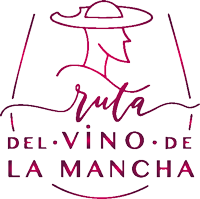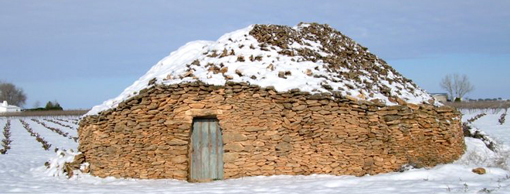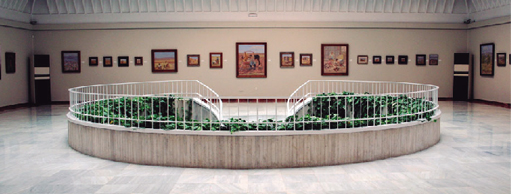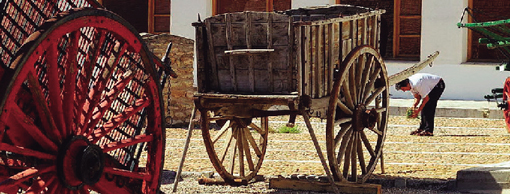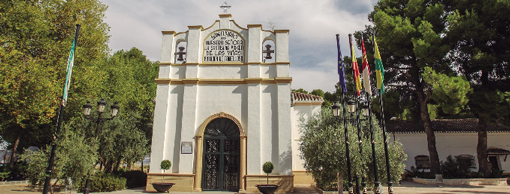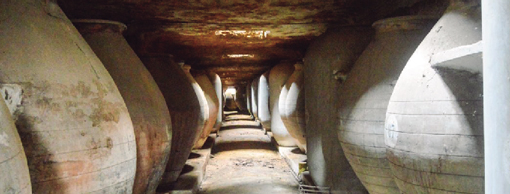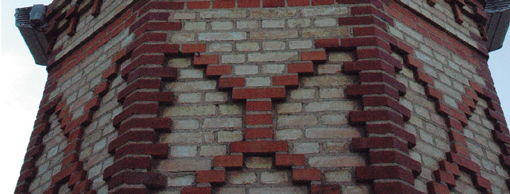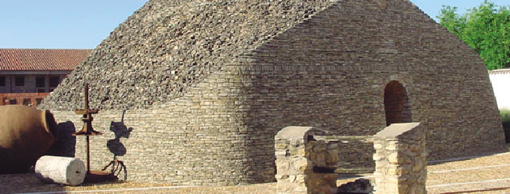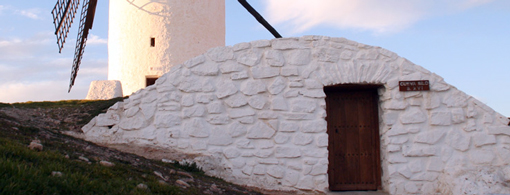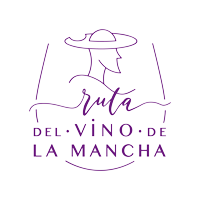La Mancha Wines
Discover the most relevant information about our wines
La Mancha is the largest wine region in the world with a wide variety of grapes. The area is characterized by having more than 3,000 hours of daylight a year, its limestone soils and its continental climate of hot summers and cold winters, giving its wines a unique character.
Characteristics that define our wines
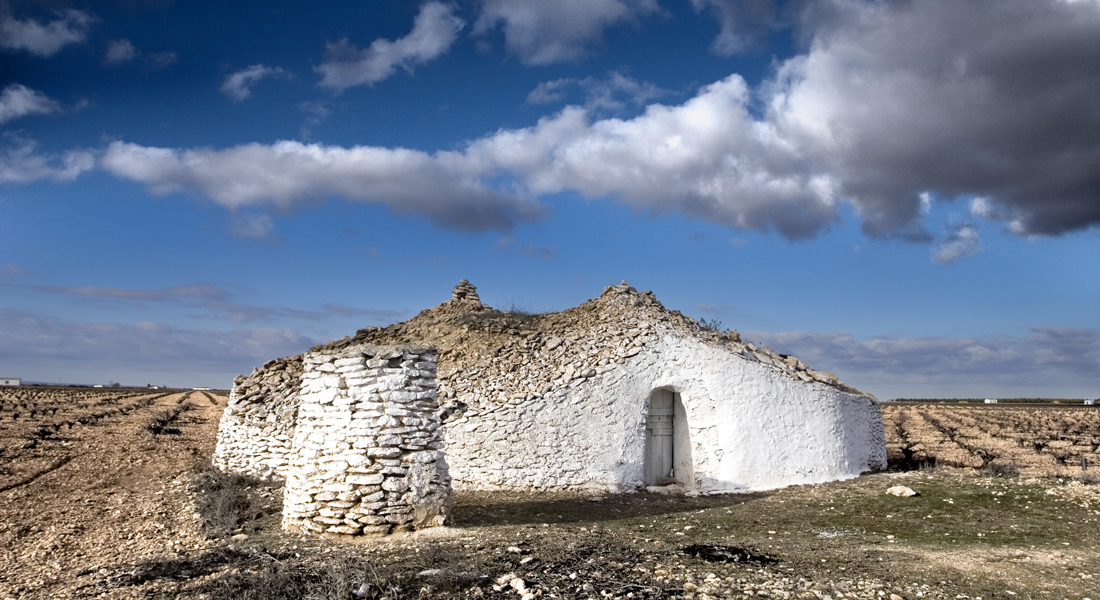
The vineyards of La Mancha are located on an extensive plain that has unique characteristics, starting with the altitude that is around 700 to 900 meters above sea level, which allows the grapes to ripen uniformly. While the rainfall is approximately 400 mm.
As for the weather, there are very high temperatures in the summer season. And on the contrary, very low in the winter time.
Precisely this dry climate and with these temperatures that characterize the vineyards of La Mancha prevents the emergence of cryptogamic diseases. And being based on a limestone area, the vineyards produce grapes with unique characteristics that are reflected in the quality and flavor of the wines of this region.
For this reason, Castilla-La Mancha has adequate characteristics for the cultivation of the vineyard, through the climate a harmonious maturation of the fruits is achieved. This, in turn, ensures consistent and wholesome wine production.
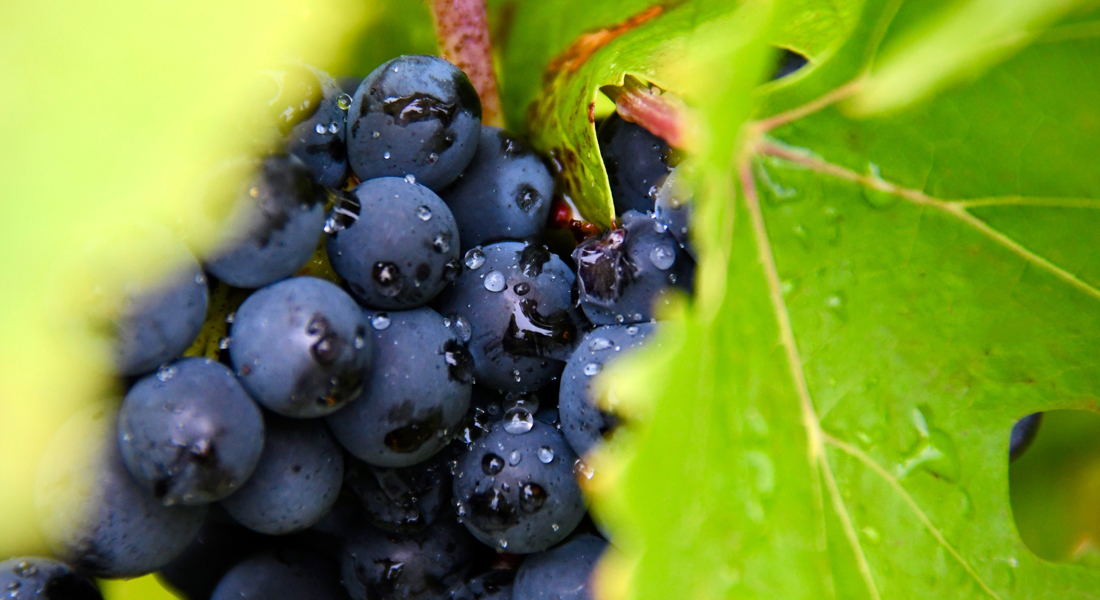
Our wines
Red Wines

Young, oak, crianza, reserva and gran reserva, with full body and intense flavor.
White Wines

Dry, slightly sweet, in pale tones and pleasant aromas.
Rosé Wines

Simple wines in pinkish or faint red tones, with an intense aroma and fruity flavours.
Sparkling wines

Its variety is characterized by being dry, semi-dry, sweet, extra-dry and extra-brut, with a fruity essence.
Young, oak, crianza, reserva and gran reserva, with full body and intense flavor.
Dry, slightly sweet, in pale tones and pleasant aromas.
Simple wines in pinkish or faint red tones, with an intense aroma and fruity flavours.
Its variety is characterized by being dry, semi-dry, sweet, extra-dry and extra-brut, with a fruity essence.
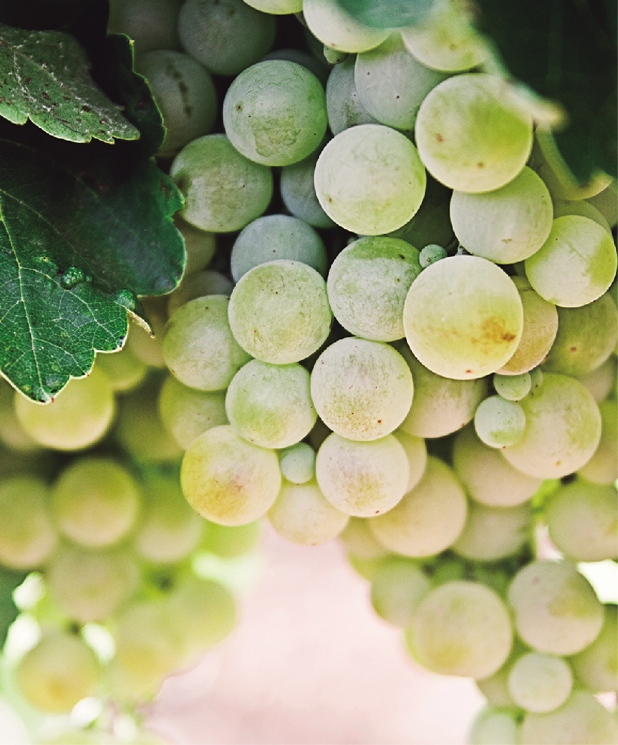
White grapes
- Airen
- Chardonnay
- Macabeo or Viura
- Malvasía
- Moscatel Grano Menudo
- Moscatel de Alejandría
- Pedro Ximénez
- Torrontés
- Viognier
- Albillo
- Gewurztraminer
- Malvar
- Marisancho or Pandillo
- Panellada
- Riesling
- Sauvignon-Blanc
- Verdejo
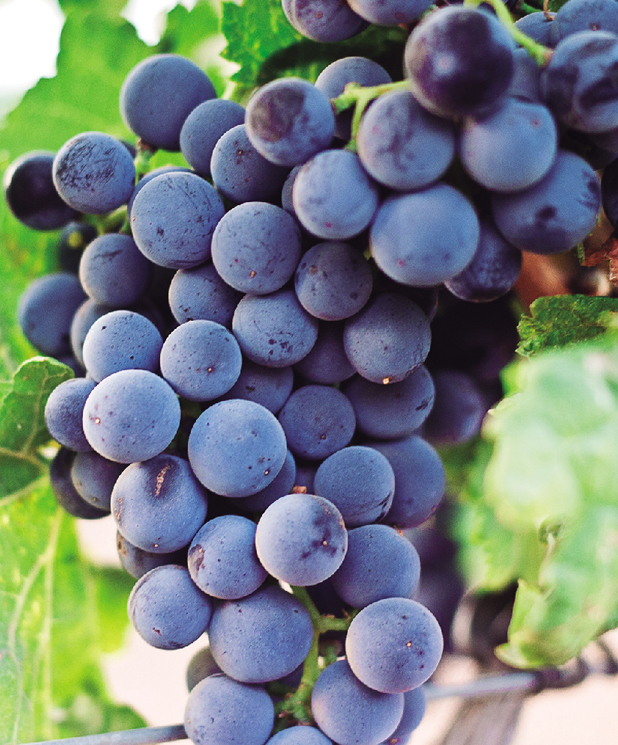
Red Grapes
- Trempranillo or Cencibel
- Cabernet Sauvignon
- Colorailla
- Garnacha Tinta
- Graciano
- Mazuela
- Merlot
- Moravia Agria
- Petit Verdor
- Prieto Picudo
- Syrah
- Tinto Velsco
- Bobal
- Cabernet Franc
- Forcallat Tinta
- Garnacha Tintorera
- Malbec
- Mencia
- Monastrell
- Moravia dulce o Crujidera
- Pinot Noir
- Rojal Tinta
- Tinto Pámpana Blanca
Oenology and Biodiversity
The production of wines in La Manchais characterized by being a natural, ecological and sustainable procedure over time. La Mancha wineries try to respect the environment in which they operate and which provides them with the grapes that allow them to produce the best wines in the region.
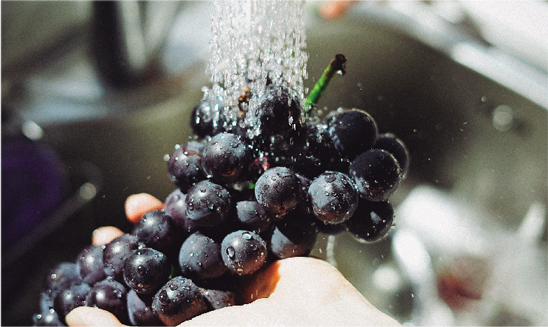
The wineries of the La Mancha Wine Route are focused on producing wines with vibrant aromas and flavors, characteristic of the region. For several years now, the efforts of La Mancha wineries in the integration of preventive practices in the face of the effects of climate change have been highlighted. Many of these wineries produce organic wines. In the oenological treatment they do not use synthetic fertilizers, nor herbicides or pesticides that could alter the quality of their wines, while protecting the environment.
The objective is to nourish the soils where the plants grow, maintaining biodiversity to optimize their health during the vegetative cycle. And so, they ensure that the production of grapes occurs in an optimal state of health that allows the production of eco-sustainable wines.
Oenological Heritage
La Mancha has a deep-rooted wine tradition, which has made it one of the main wine-producing regions in Spain. And in order to promote knowledge of wine production, guided tours are organized through the main places that are Oenological Heritage, where the winemaking process is explained.
